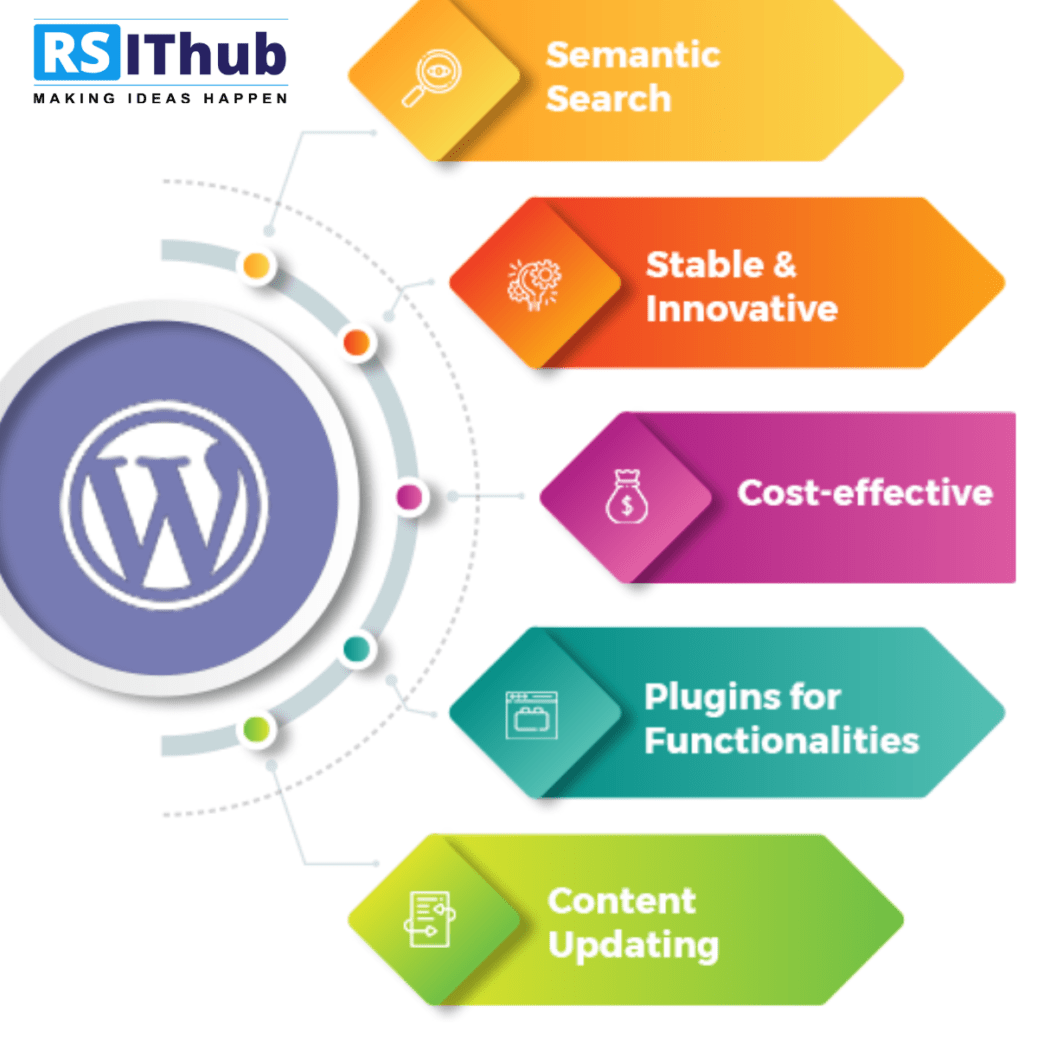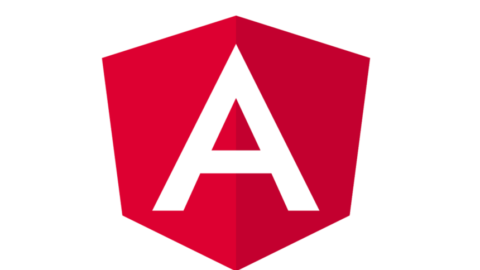Introduction:
In the vast landscape of web development, one platform stands out as the cornerstone of countless digital masterpieces – WordPress. Powering over 40% of websites on the internet, WordPress has evolved from a simple blogging tool to a versatile content management system (CMS) that empowers developers to create stunning and functional websites. In this blog, we delve into the art and science of WordPress development, exploring the nuances that transform lines of code into captivating online experiences.

The Canvas of Creativity:
At its core, WordPress development is akin to painting on a digital canvas. The theme serves as the backdrop, setting the tone for the user’s journey. From minimalist designs that exude elegance to vibrant layouts that captivate attention, the options are as diverse as the creative minds behind them. CSS wizardry and HTML harmony come into play, shaping the visual identity of a website and ensuring a seamless user experience.
However, the canvas is not merely static. WordPress allows for dynamic content creation, and the real magic happens with PHP – the scripting language that transforms a website from a visual spectacle to a functional entity. PHP powers the backend, enabling developers to breathe life into websites through dynamic content, user authentication, and database interactions.
Plugins: The Brushstrokes of Functionality:
In the world of WordPress development, plugins are the brushstrokes that add functionality to a website. These pre-built pieces of code save developers countless hours, offering solutions for everything from SEO optimization to e-commerce integration. The versatility of WordPress plugins empowers developers to focus on refining the user experience rather than reinventing the wheel.
Take, for example, WooCommerce – a plugin that transforms a WordPress site into a fully functional e-commerce platform. With a few clicks, developers can provide clients with a robust online store, complete with inventory management, secure payment gateways, and a user-friendly shopping experience. This illustrates how plugins not only streamline development but also enhance the capabilities of a WordPress website.
Responsive Design: Adapting to Every Device:
In the era of smartphones and tablets, responsive design is a non-negotiable aspect of WordPress development. Crafting a visually appealing website is only half the battle; ensuring it looks and functions seamlessly across devices is equally crucial. CSS media queries and flexible grids become the tools of choice, allowing developers to create websites that adapt to various screen sizes.
Moreover, the importance of performance optimization cannot be overstated. Slow-loading websites can turn away visitors and impact search engine rankings. Caching mechanisms, image optimization, and code minification are just a few techniques employed by WordPress developers to ensure swift loading times and a smooth user experience.
Security: Fortifying the Castle:
As the saying goes, “With great power comes great responsibility.” The popularity of WordPress makes it a target for cyber threats. Security is a paramount concern in WordPress development, and developers must act as digital guardians, fortifying websites against potential vulnerabilities.
Regular updates, strong authentication mechanisms, and secure coding practices are fundamental in safeguarding a WordPress site. The use of SSL certificates, secure hosting environments, and regular security audits adds an extra layer of protection. As the guardians of digital realms, WordPress developers play a pivotal role in ensuring the safety and integrity of online spaces.
Community and Continuous Learning:
The realm of WordPress development is not one of isolation but of community. The WordPress community is a vast network of developers, designers, and enthusiasts who share knowledge, insights, and solutions. From local meetups to global WordCamps, the community fosters an environment of continuous learning and collaboration.
In the ever-evolving landscape of web development, staying abreast of the latest trends and technologies is imperative. Gutenberg, the block-based editor introduced in WordPress, revolutionized content creation. Keeping pace with such innovations ensures that developers can harness the full potential of WordPress and deliver cutting-edge solutions to their clients.
Conclusion:
In the hands of skilled developers, WordPress is more than a platform; it is a canvas where creativity meets functionality. From the aesthetic appeal of themes to the dynamic capabilities of PHP, from the versatility of plugins to the necessity of responsive design and security measures, WordPress development is a multidimensional craft.
As we navigate the digital frontier, WordPress developers emerge as the architects of online experiences, shaping the way we interact with the digital world. With each line of code, they bring visions to life and ensure that the online landscape is not just functional but captivating. In the dynamic realm of WordPress development, the journey is as exhilarating as the destination, and the possibilities are as boundless as the imagination that fuels it.








